(A Review of an Excellent New Math Book that Every Family Should Read!)
By Oliver DeMille
A Start and A Stop
 A while back I read an article written by a woman whose family moved from the United States to spend some time in the Orient. I forget which country they were in, but the woman was amazed at how much time and effort the people there spent on math. She compared it to the way our American culture focuses on reading for toddlers, children and young people.
A while back I read an article written by a woman whose family moved from the United States to spend some time in the Orient. I forget which country they were in, but the woman was amazed at how much time and effort the people there spent on math. She compared it to the way our American culture focuses on reading for toddlers, children and young people.
For example, she noted how often Americans hear that they should read aloud to their kids, or help them with their reading. “Can you read yet?” is a frequent question for children, and parents discuss how to help kids learn to read. In the country this family moved to, she saw none of that. Instead, people were constantly talking about how to help children with their math.
When books were gifted on birthdays or other holidays, they weren’t children readers (like Dr. Seuss or Are You My Mother?), but beginning math readers—teaching numbers and early arithmetic, with fun pictures and stories. Mothers at the playground sat on benches and talked about how their kids were learning to count, multiply, and calculate—rather than read.
The mother concluded that it was a very different experience than what she was accustomed to, but she wondered why more cultures don’t combine these two—reading and math, instead of just one or the other. Reading child-level math books and stories aloud as bedtime stories, she recommended, just makes sense. And talking about numbers, not just the alphabet—well, why not?
I agreed with her article, and I shared it with a lot of people. Then I did what most of us do: I forgot about it and went back to old habits.
Until now.
A New Approach
It all changed when Rachel got an email from Shelley Nash, a long-time TJEder, who recommended a math book titled Avoid Hard Work!…And Other Encouraging Problem-Solving Tips for the Young, the Very Young, and the Young at Heart, written by Yelena McManaman, James Tanton and Maria Droujkova.
 Rachel asked me to read it and tell her what I think. I did, and I was floored. This book is exactly what that article I once read was talking about. Avoid Hard Work is the perfect way to make math a part of every child’s daily life. It’s excellent. And it makes it easy to bring math culture into your home in a way that pretty much every kid will enjoy.
Rachel asked me to read it and tell her what I think. I did, and I was floored. This book is exactly what that article I once read was talking about. Avoid Hard Work is the perfect way to make math a part of every child’s daily life. It’s excellent. And it makes it easy to bring math culture into your home in a way that pretty much every kid will enjoy.
After I got really excited by the book, I went back and reread it—this time more carefully, considering each detail. When I gushed to Rachel about how great this book is and how every family should have it, she told me: “Go write about it.”
So here we are.
First off, I have to say that I don’t much like the title. I think “avoiding hard work” isn’t really the best way to inspire great education. But I do get that for a lot of people, this is the perfect title for a math book. Too much of math is presented as boring, rote, irrelevant to everyday life. Math is an art, and a joy, for those who learn it the right way. So, yes, in our current world, this title makes sense. Plus, I’m sure it will be intriguing to people—including children and teens—who think they don’t like math.
Overall, this book is a fabulous read—for parents, and especially to be read and talked about with the kids. If you have a youth who doesn’t like math, or is scared of it, or bored by it, this book is an excellent jump-start. And for those who love math, it will increase the fun. That’s the thing I noticed most about this book: it makes math fun. It really does.
Right = Right
If you come across things you don’t quite agree with, skip them. Or discuss them as a family or class. Just like with any other classic you read. But put this book at the top of the list for math classics that will help young people—and their parents—really get excited about math.
But enough of my commentary. I want to share some quotes directly from the book, so you’ll see just why I like it so much. Here goes: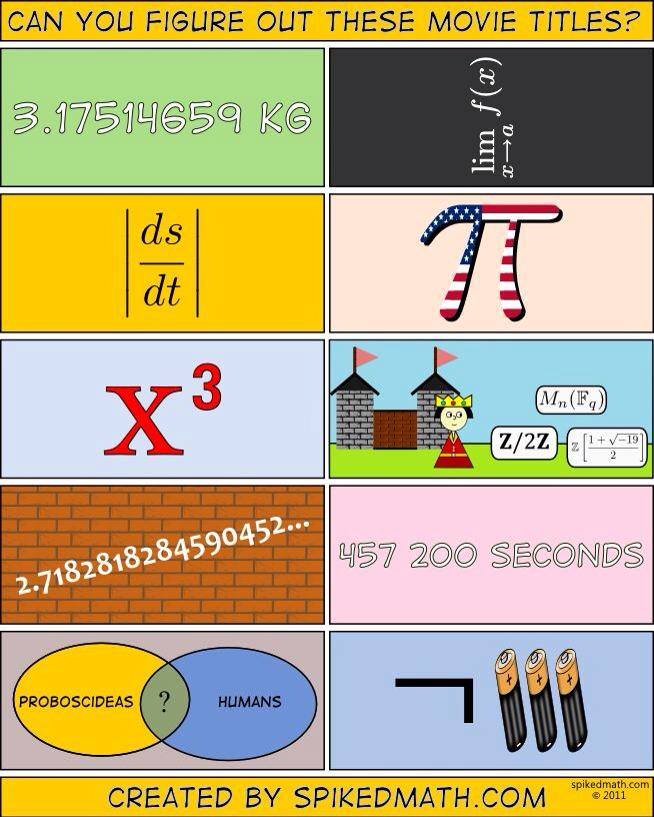
1-“Do the improv exercise called YES, and…put up the giant YES on the table or the wall to remind you. Whatever it is the child says or does, (1) say yes to it (2) accept that it means something (3) brainstorm what you can add to the meaning. Maybe your child’s claim that 2+2 = 1 is an analogy, or a math joke, or a novel way to count. Exploring jokes, analogies, or funky counting will be more fun and will teach more math than the simple-minded, generic claim, ‘You are wrong.’”
I love this advice. It’s so TJEd, so “Inspire, not Require.” This is real mentoring, not rote lecture. To repeat: When the child gives an answer to a math question, don’t just say “right” or “wrong.” Say, “That’s right…” or “That’s right if…” Then use their answer to explain the situation.
This is a whole different way of thinking about math, and about mentoring. And it works. It’s the discussion model. Not the lecture model. It’s all about learning, not schooling. And that makes a huge difference. This is leadership thinking, not rote.
2-“Also, be prepared to change topics completely! Don’t force a problem or an activity if the mood of the room, the ‘feeling in the air,’ just isn’t right. Always keep a few extra activities ready, in case the original plan does not work. And make it clear, in a fun way, that you are changing topics, so that children learn this technique from you. You can always return to the original challenge at another time.”
Again, this is “inspire, not require.” It’s mentoring, not mere rote-lecturing-and-testing. Help the student get there by making it fun and exciting. This book is full of examples of how to do this.
3-“Q: HOW DO I KEEP CHILDREN EXCITED ABOUT DOING MATH? HOW DO I STAY ENTHUSIASTIC WHILE HELPING MY CHILD LEARN MATH?
A: Let the child do the teaching, so you are surprised and excited by the unexpected. Suggest they re-design math problems and teach them to you or other children or adults. Record their lessons and play them back to the child. Or take pictures of your children teaching and show them the pictures. Seek exciting math media, such as stories, videos, posters, or art….
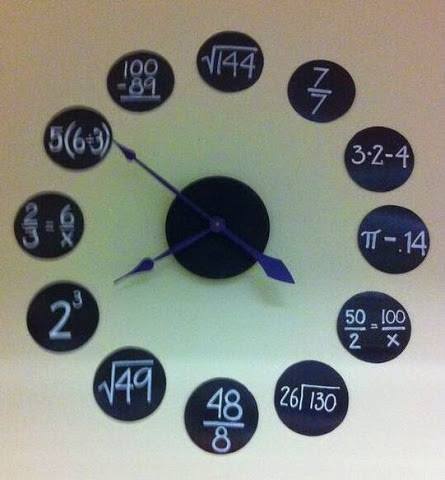 “Read other people’s math stories, such as Alice in Wonderland or The Cat in Numberland. Invite children to create their own stories about math…in words, or in pictures, or by pretend-play with action figures and toy animals. Children often like to be heroes in the stories…. Only put math into stories with good reasons intrinsic to your story’s world. A hero may count friends and enemies, or prepare enough supplies for a quest. No hero ever wonders, out of the blue, what you get if you add two horses and three horses….
“Read other people’s math stories, such as Alice in Wonderland or The Cat in Numberland. Invite children to create their own stories about math…in words, or in pictures, or by pretend-play with action figures and toy animals. Children often like to be heroes in the stories…. Only put math into stories with good reasons intrinsic to your story’s world. A hero may count friends and enemies, or prepare enough supplies for a quest. No hero ever wonders, out of the blue, what you get if you add two horses and three horses….
“Recount your personal stories too. What was the first mathematical activity you ever remember doing? Did you know it was mathematics at the time? Ask your friends and colleagues about their first encounters—before schooling!—with mathematics. People often have delightful first stories….
“Make it social. For a child, working one-on-one with an adult can be intimidating, but when kids talk about a problem with friends, they may become more confident. Also, encourage children to make up their own puzzles and problems and pose them for adults and other children to solve. This maker stance produces confidence….
“Problem-solving is like research or exploration: there are a lot of blind valleys! Make sure being stuck, trying wrong methods, and making mistakes is the norm in your daily math life…. But it’s okay to try and try again.”
Like I said, this book is fun. It gives advice like this, and then it shows you examples of how to do these things.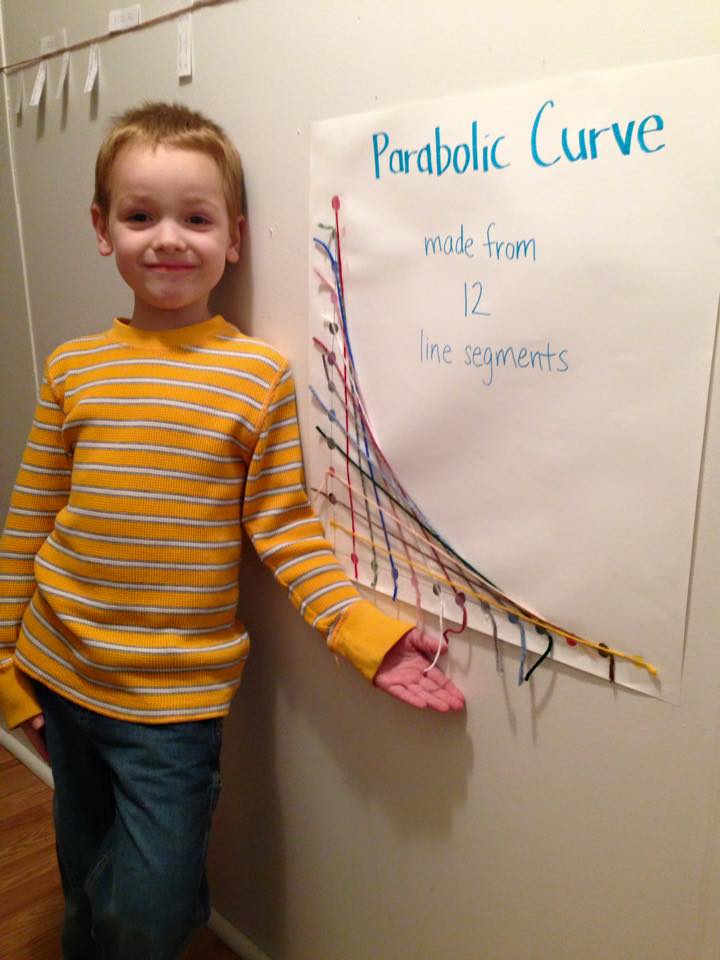
4-Once again: “Validate any mathematical comment, even if it looks wildly ‘incorrect.’ At the very least, say: ‘Oh, what an interesting idea! That makes me think that maybe if we tried…’ This way you give a nudge to the conversation, and also illustrate how all ideas, even wild ones, can inspire new routes of thought.”
This is just scratching the surface of what the book covers. But if you liked these quotes, you’ll love the book. In fact, Avoid Hard Work is even more fun than these quotes because it comes with examples, pictures, stories, and so on.
This is a book for the whole family! Use it to make math more part of your everyday culture. It’s easy, and fun. In fact, I believe it can be a cure to the modern math “blah’s” that infest so much of teaching about math—at school and at home. Give this book a try! It’s a life changer, an easy and truly fun way to bump your math learning to a whole new level.


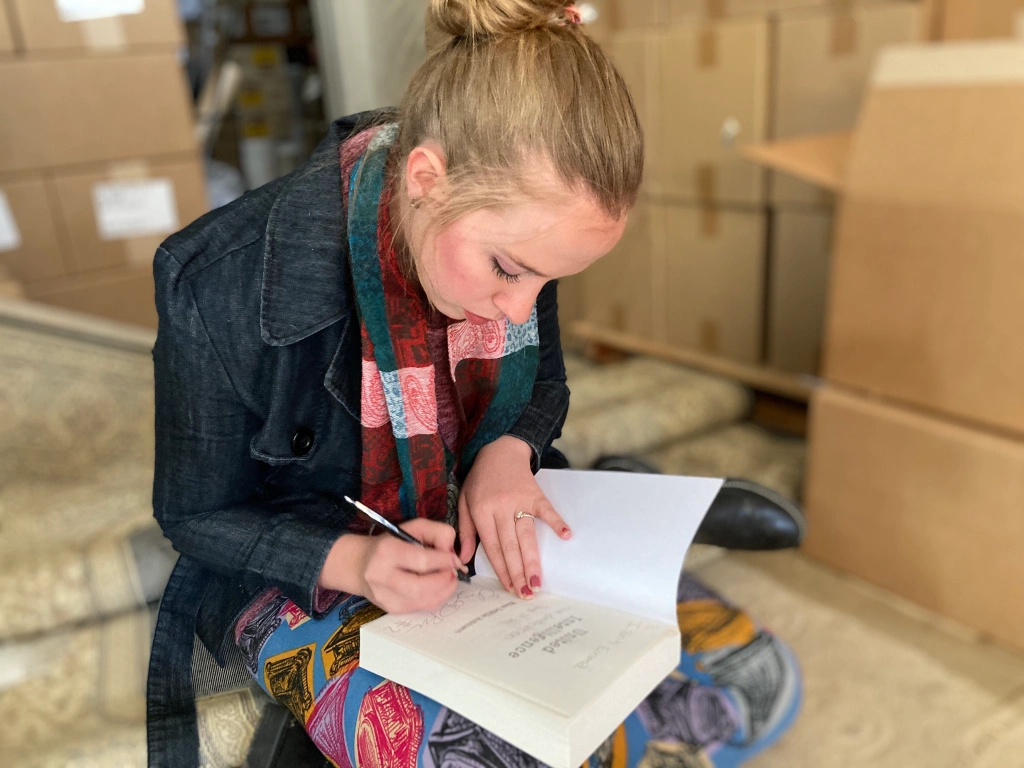
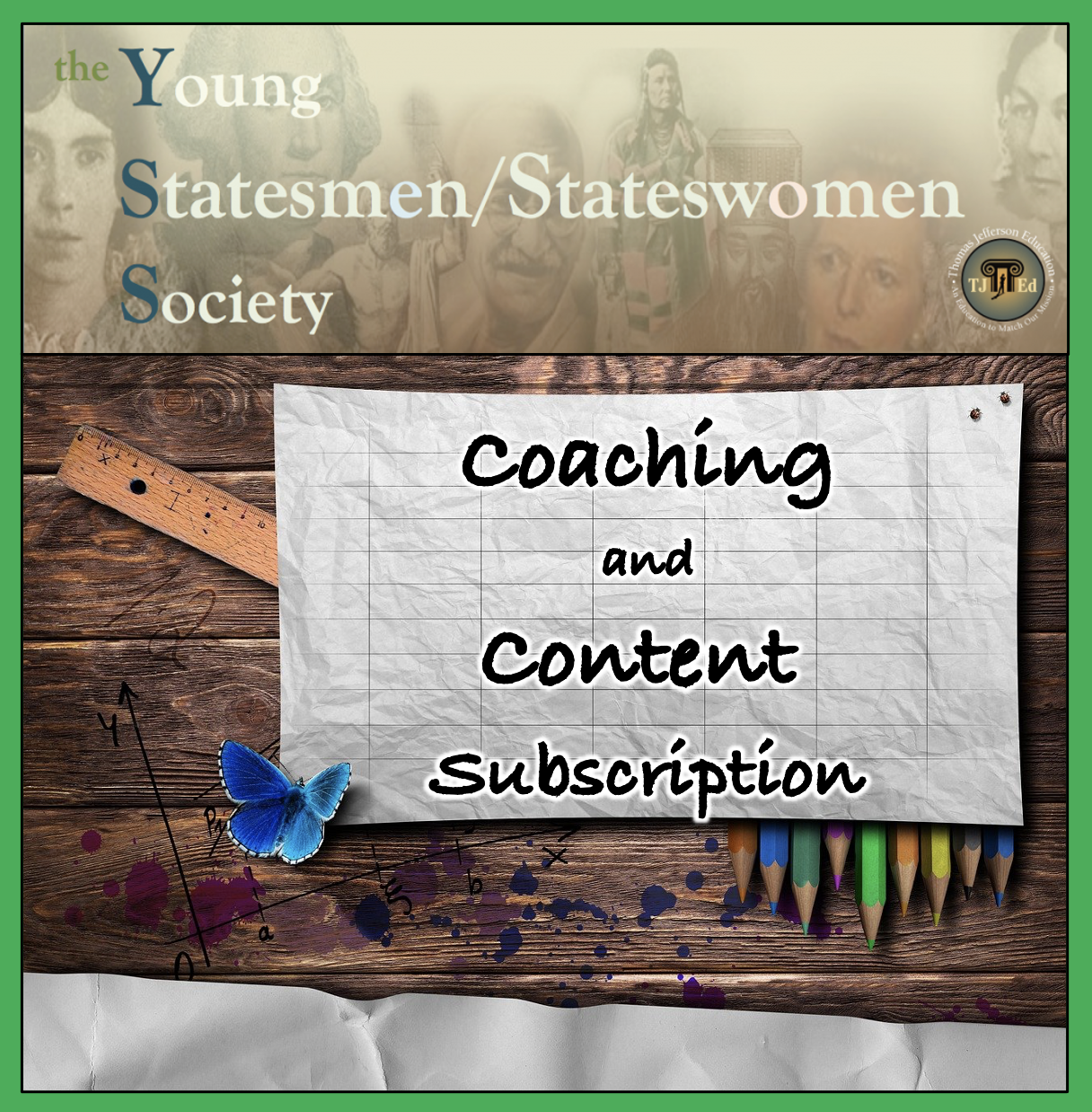
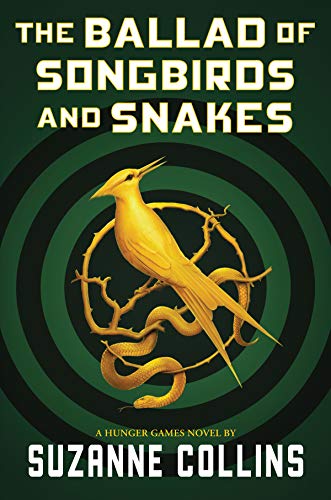
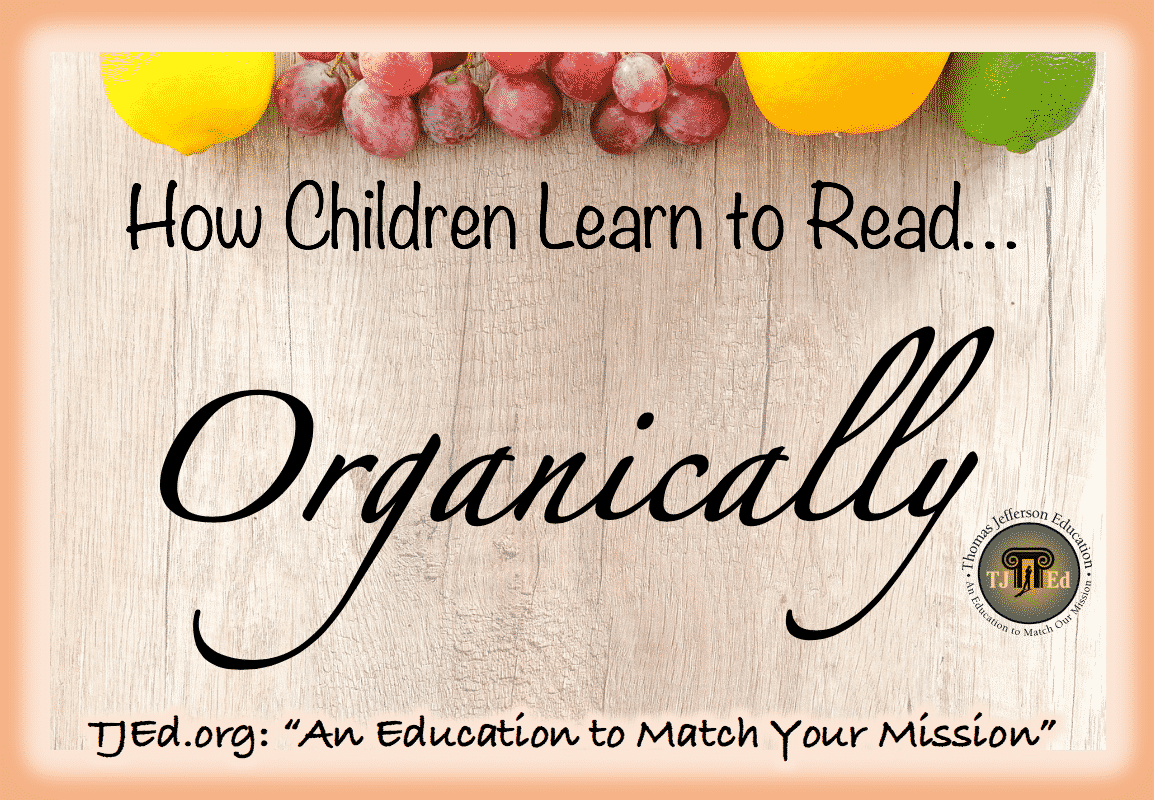
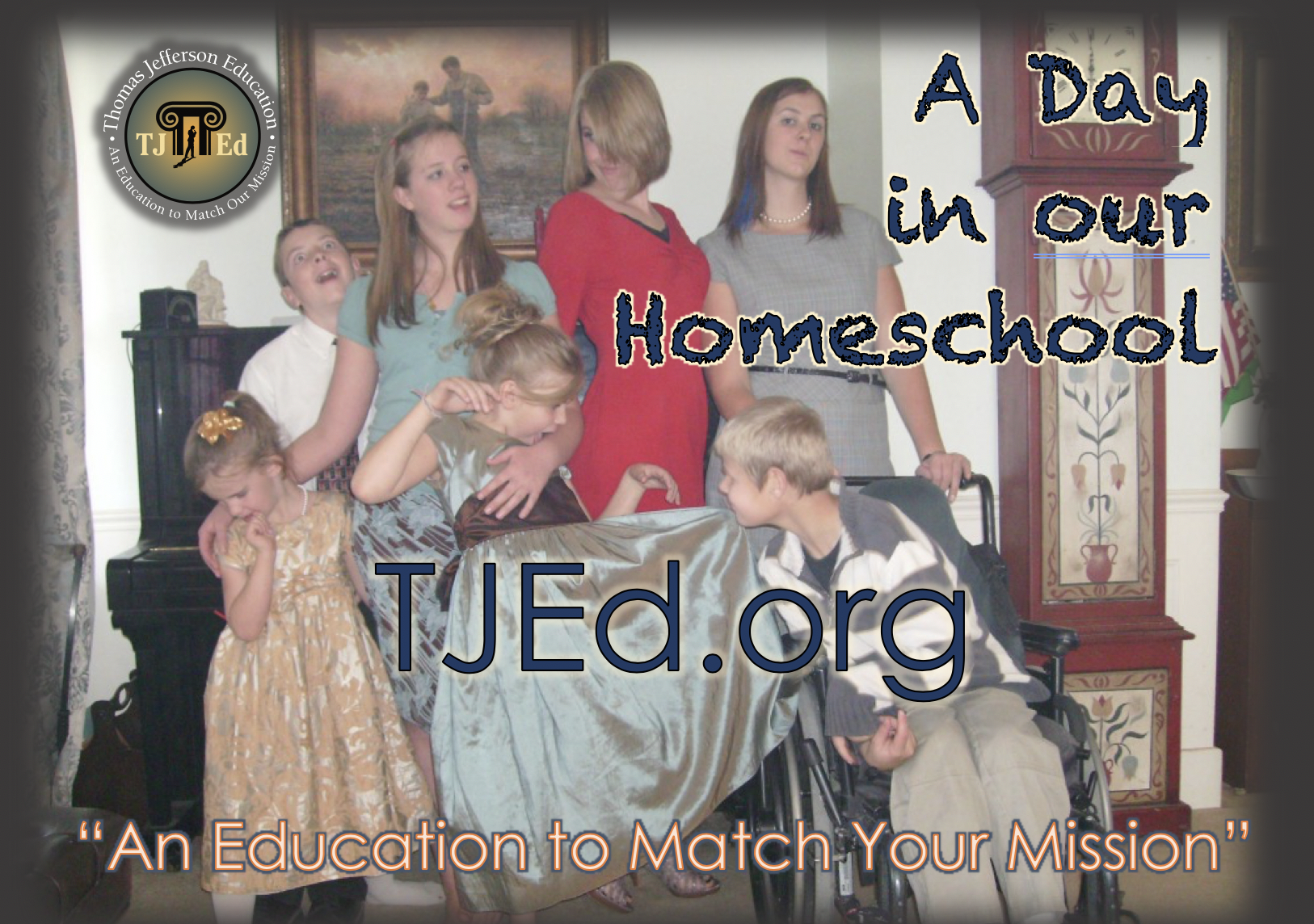


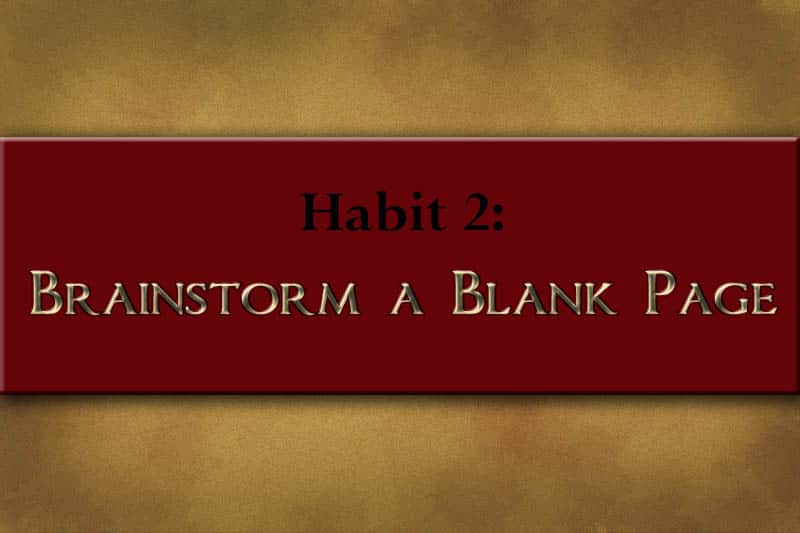






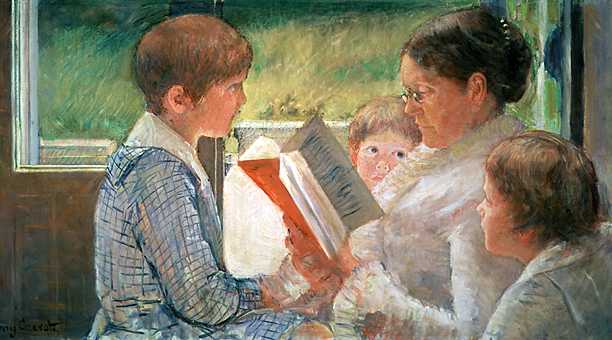

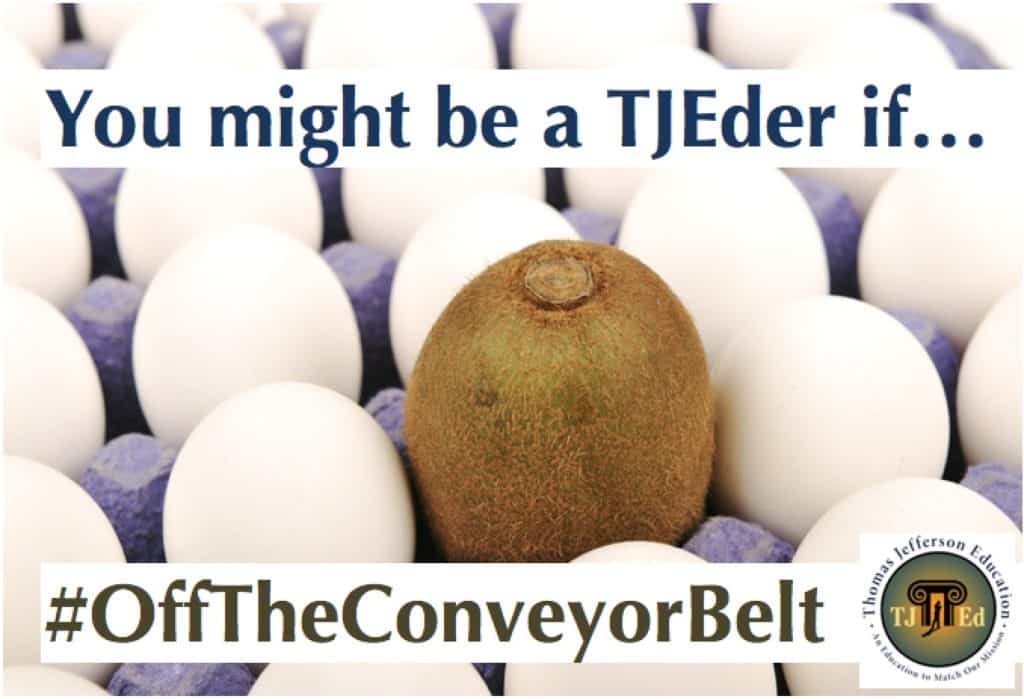


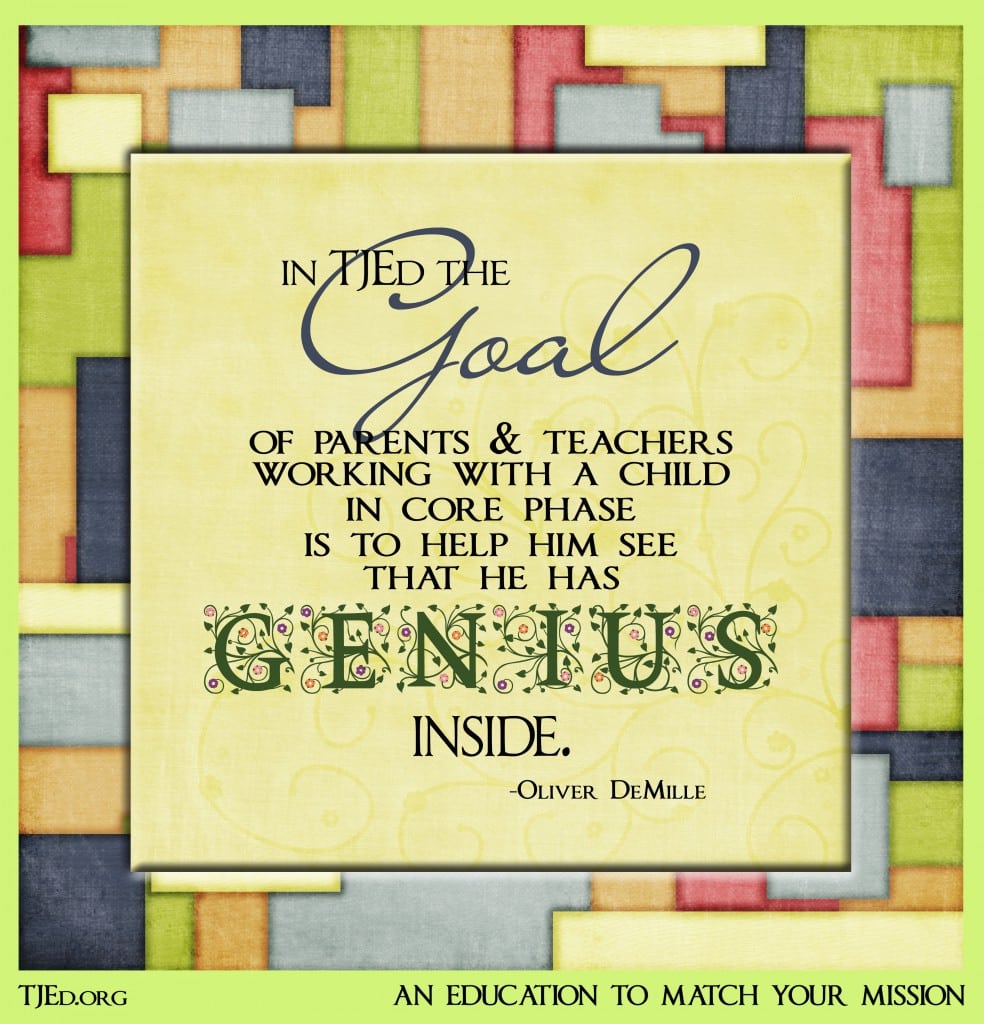



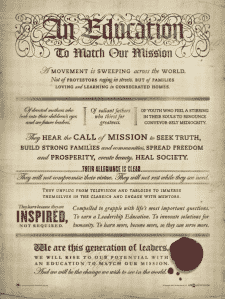


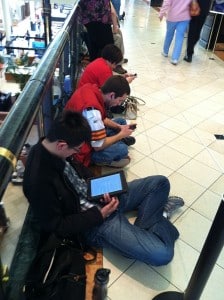
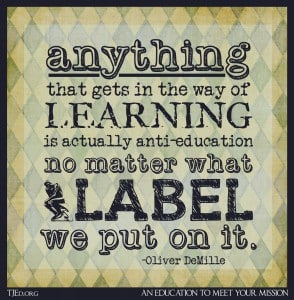
Thanks for the recommendation! This comes at the perfect time for me when I am pondering ways to inspire more mathematics at home.
Just FYI, on the website for the math book you wrote about there is an option to name your price for the PDF of the book, even $0 as it is “open source.”
http://naturalmath.com/avoid-hard-work/
I’m looking forward to reading this. We loved Alice’s Adventures in Mathland!